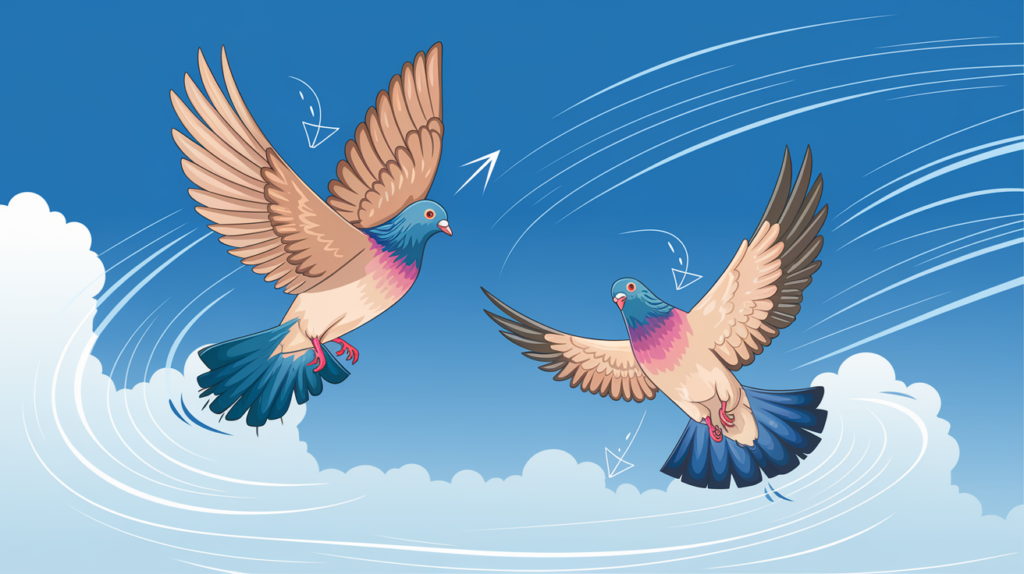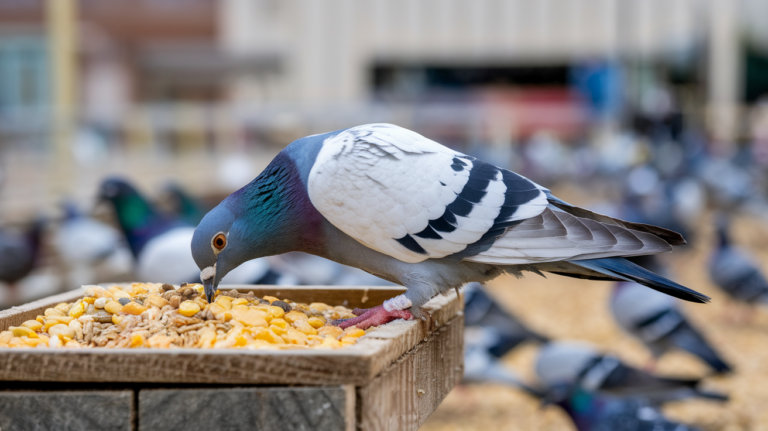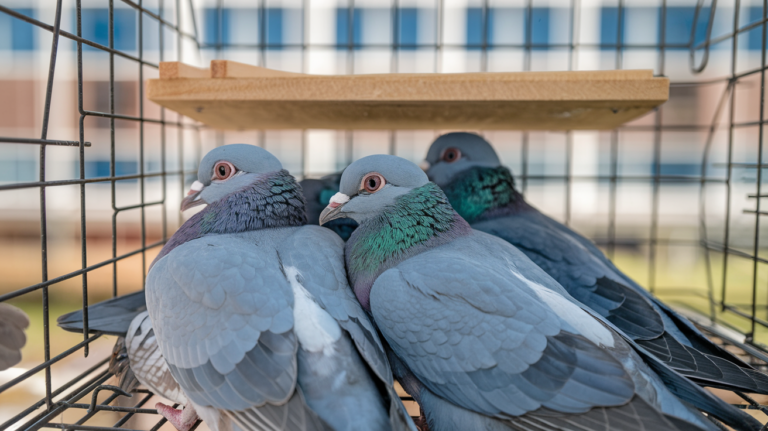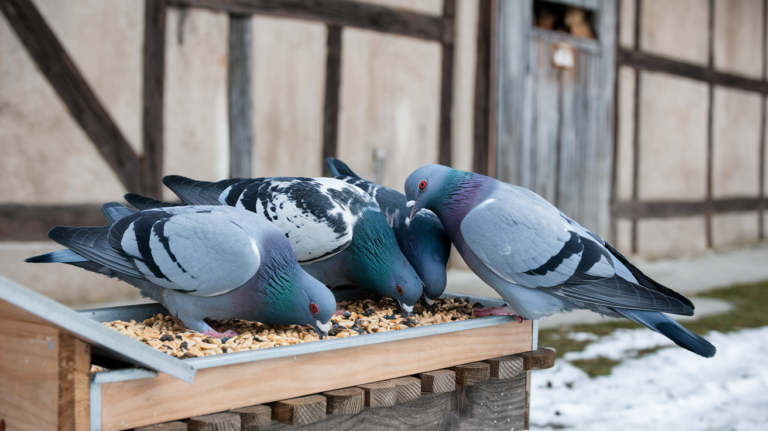
When it comes to breeding racing pigeons, one of the most intriguing strategies fanciers explore is pairing birds based on their wind performance. A question that often arises is: “What happens if you pair a headwind speed bird with a tailwind speed bird? What’s the outcome of this pairing?”
This article explores the genetics, racing potential, and outcomes of pairing two birds with contrasting wind performance traits—and how this choice can influence the next generation of racers.
Understanding Headwind and Tailwind Speed Birds
- Headwind birds are known for their strength, stamina, and resilience. They excel in difficult races where wind resistance challenges the flock.
- Tailwind birds are built for speed. They thrive when the wind is behind them, producing fast times and high velocities on race sheets.
Both types are valuable, but they represent very different athletic profiles in the loft.
Why Pairing Matters in Breeding Racing Pigeons
Successful breeding racing pigeons is about creating balance—selecting pairs that complement each other in strengths and weaknesses to produce well-rounded offspring. When you pair a headwind specialist with a tailwind performer, you’re essentially attempting to blend power and speed.
Potential Outcomes of Pairing a Headwind Bird with a Tailwind Bird
1. Balanced Offspring with Versatile Performance
One of the most desired outcomes is producing pigeons that can handle a variety of wind conditions. A successful pairing may result in birds with:
- Improved stamina compared to pure tailwind birds
- Better speed than pure headwind birds
- Adaptability in changing weather or terrain
These birds may not always win on extreme headwind or tailwind days but could consistently perform well across a variety of conditions.
2. Dominant Traits May Take Over
In some pairings, one trait (headwind or tailwind ability) may dominate the offspring. For example:
- If the headwind bird has stronger genetics, the youngsters might lean toward endurance and strength.
- If the tailwind bird’s traits are more dominant, you may still see high velocity birds, but they might lack deep-race durability.
That’s why it’s important to track pedigree results and performance over multiple pairings.
3. Hybrid Vigor (Heterosis)
Pairing two distinct styles can result in hybrid vigor, where the offspring outperform both parents. This can lead to:
- Faster recovery times
- Greater race consistency
- Enhanced intelligence and navigation ability
Many champion racers come from well-balanced crosses rather than pure-line breeding alone.
Breeding Considerations and Tips
- Test the pair for multiple rounds. Observe whether certain traits dominate and which offspring perform best in different conditions.
- Track race performance and recovery times. These indicators help you understand which traits are being passed down.
- Consider crossing again with a complementary bird to fine-tune the desired balance of power and speed.
When to Use This Pairing Strategy
Pairing a headwind and tailwind bird is most effective when:
- You want to improve race-day versatility in your loft
- You’re breeding racing pigeons for club or federation races with mixed weather conditions
- You want to refresh your bloodlines and add hybrid vigor
Final Thoughts on Headwind x Tailwind Pairing
Breeding racing pigeons is both an art and a science. Pairing a headwind speed bird with a tailwind specialist can lead to well-rounded, adaptable offspring that thrive in a variety of racing conditions. While results may vary, this strategy often produces birds with better balance, race intelligence, and overall potential.
If you’re aiming for consistent performance rather than just extreme condition wins, this could be a smart move for your breeding program.








